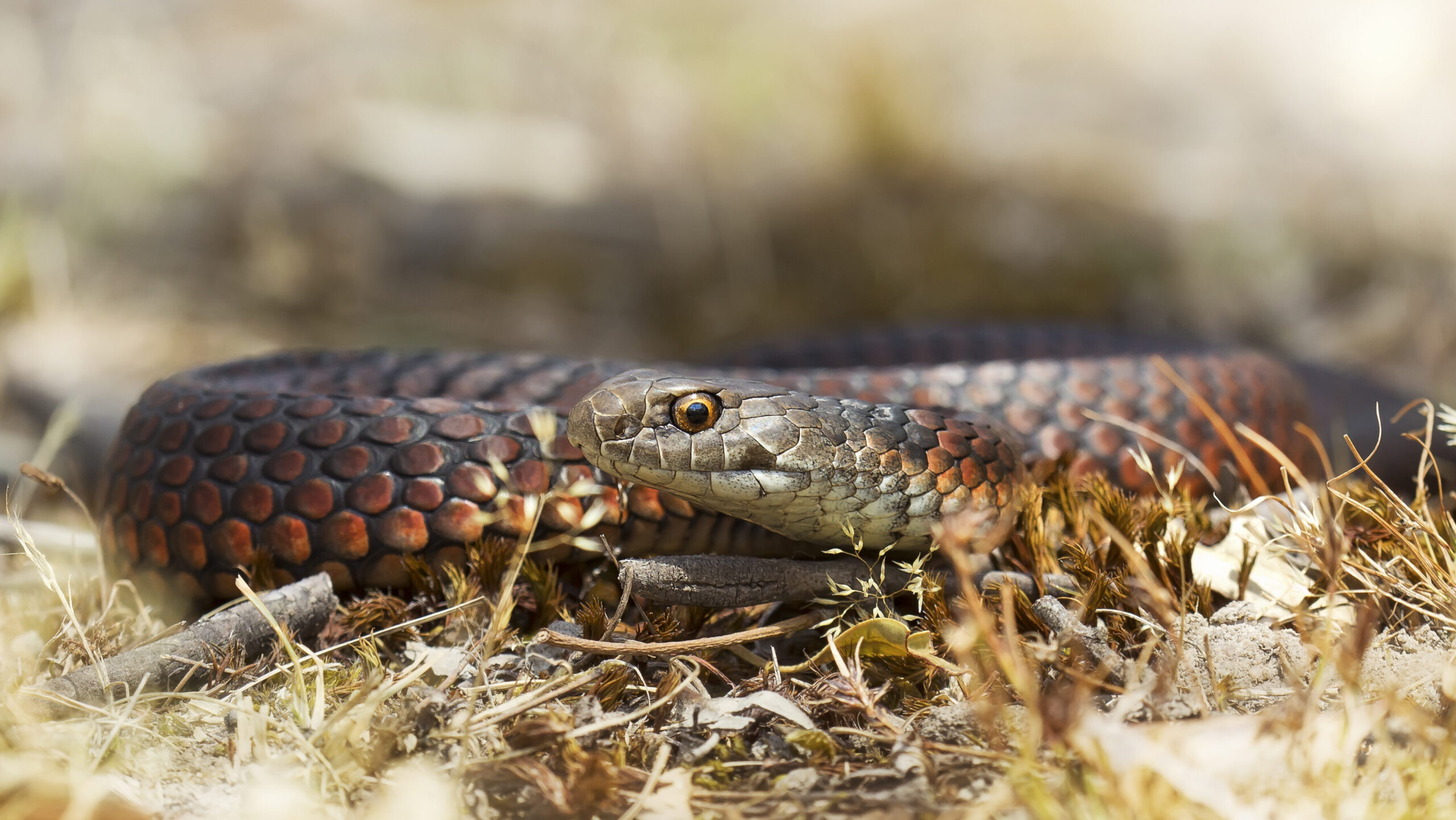Introduction
Snake bites are a major medical emergency that can occur in numerous atmospheres, specifically in regions where snakes prevail. In Australia alone, there are numerous species of poisonous serpents such as the Tiger Snake, Eastern Brown Serpent, and King Brown Serpent. Recognizing just how to effectively manage snake bites is crucial for any individual who hangs around outdoors or lives in rural areas. This short article will discover extensive emergency treatment monitoring techniques for serpent bites and describe best methods for replying to these incidents.
First Aid Management of Snake Bites: Ideal Practices for each Situation
When handling a serpent bite, the preliminary action can substantially affect the sufferer's outcome. Immediate activity is crucial because quick medical treatment usually identifies the degree of injury or survival rate. Right here are necessary first aid principles to remember:

Understanding Snake Variety and Their Habitats
Tiger Snakes and Their Habitat
Tiger snakes (Notechis scutatus) are among Australia's most notorious poisonous snakes as a result of their aggressive nature and powerful venom.
- Habitat: They usually populate seaside regions, marshes, and locations with dense greenery like marshes and swamps. Risks: Awareness of neighborhood tiger serpent habitats can decrease the threat of coming across one unexpectedly.
Eastern Brown Snakes: A Substantial Threat
The Eastern Brown Serpent (Pseudonaja textilis) is an additional highly poisonous are small eyed snake venomous species found throughout eastern Australia.
- Habitat: This serpent prospers in city areas, farming lands, and grasslands. Behavior: Understood for its quick strikes when endangered, recognizing its behavior might aid alleviate encounters.
Recognizing Signs of Serpent Bites
Identifying signs early can enhance chances of efficient treatment:
Local Symptoms:- Pain and swelling around the bite site Discoloration or bruising
- Nausea or vomiting Difficulty breathing Signs of shock (e.g., pale skin, quick heart beat)
First Help Methods for Particular Snake Bites
First Help for Tiger Serpent Bite
In case of a tiger snake bite:
Stay calmness; keep still. Call emergency services immediately. Immobilize the impacted limb using a splint if available. Do not attempt to suck out venom or apply ice.First Help for Eastern Brown Snake Bite
For an eastern brown serpent bite:

Creating Your Serpent Bite First Aid Kit
A well-prepared emergency treatment kit can make all the distinction throughout emergencies:
|Product|Purpose|| -------------------------------|---------------------------------------------------|| Compression bandages|To incapacitate limbs|| Clean and sterile gauze|To cover injuries|| Antihistamines|For allergic reactions|| Emergency get in touch with numbers|Quick gain access to throughout situations|| User's manual|Detailed advice on managing emergencies|
What Ought to You Never ever Do When Treating a Snake Bite?
Here's a listing of common mistakes when snake bite symptoms dealing with snake bites:
Do not apply tourniquets; they can cause more harm than good. Avoid cutting into or trying to suck out poison from the wound. Never offer alcohol or energizers to victims as it can aggravate their condition.FAQs About First Aid Management of Snake Bites
1. What should I do if I see a snake?
Stay calmness and pull back gradually without unexpected movements.
2. How do I recognize if a snake is venomous?
Research local types' qualities; many have distinct color patterns or markings.
3. Can I utilize ice on a serpent bite?
No, using ice can raise cells damage.
4. How long do I have actually after being attacked prior to looking for clinical attention?
Seek medical focus immediately-- time is important with venomous bites!
5. Is it safe to drive myself to the healthcare facility after a bite?
No! It's risky as symptoms might get worse en route; wait on specialist help.
6. Are all serpents in Australia dangerous?
No! While Australia has several hazardous serpents, there are also non-venomous types that present no threat.

Conclusion
The emergency treatment management of snake attacks needs punctual activity integrated with expertise concerning regional species' Medical Treatment actions and habitats like those of tiger snakes and eastern brownish serpents in Australia. By following best methods detailed above-- such as remaining calmness, calling emergency solutions promptly, and knowing what not to do-- you substantially enhance survival possibilities after such mishaps occur.
Equipping on your own with knowledge concerning various kinds of serpents in your area and preparing an appropriate emergency treatment package will guarantee you're ready should an experience occur-- making you far better prepared to manage this potentially dangerous situation effectively!